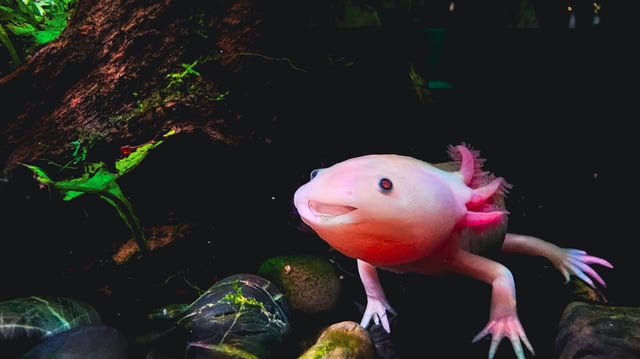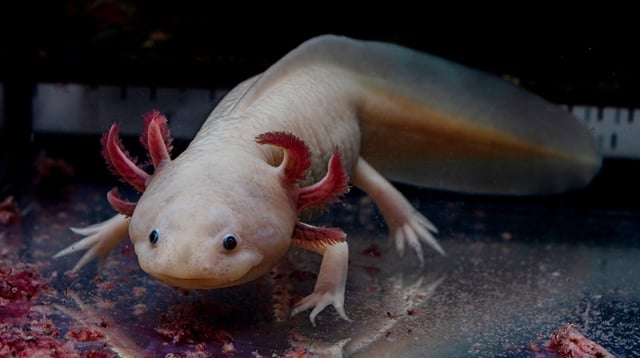Overview
- The Hand2 gene acts as a positional marker in axolotls, activating the Shh protein after injury to direct accurate limb regeneration.
- Shh and FGF8 proteins work together to define front- and back-side cell identities during the regrowth process.
- Scientists demonstrated that axolotl cells can be reprogrammed in the lab using molecular signals to alter their identity.
- The Hand2 and Shh genes are also present in humans, suggesting potential pathways for unlocking regenerative abilities in mammals.
- These findings, published in *Nature*, provide a foundation for engineering tissues and advancing regenerative therapies.

